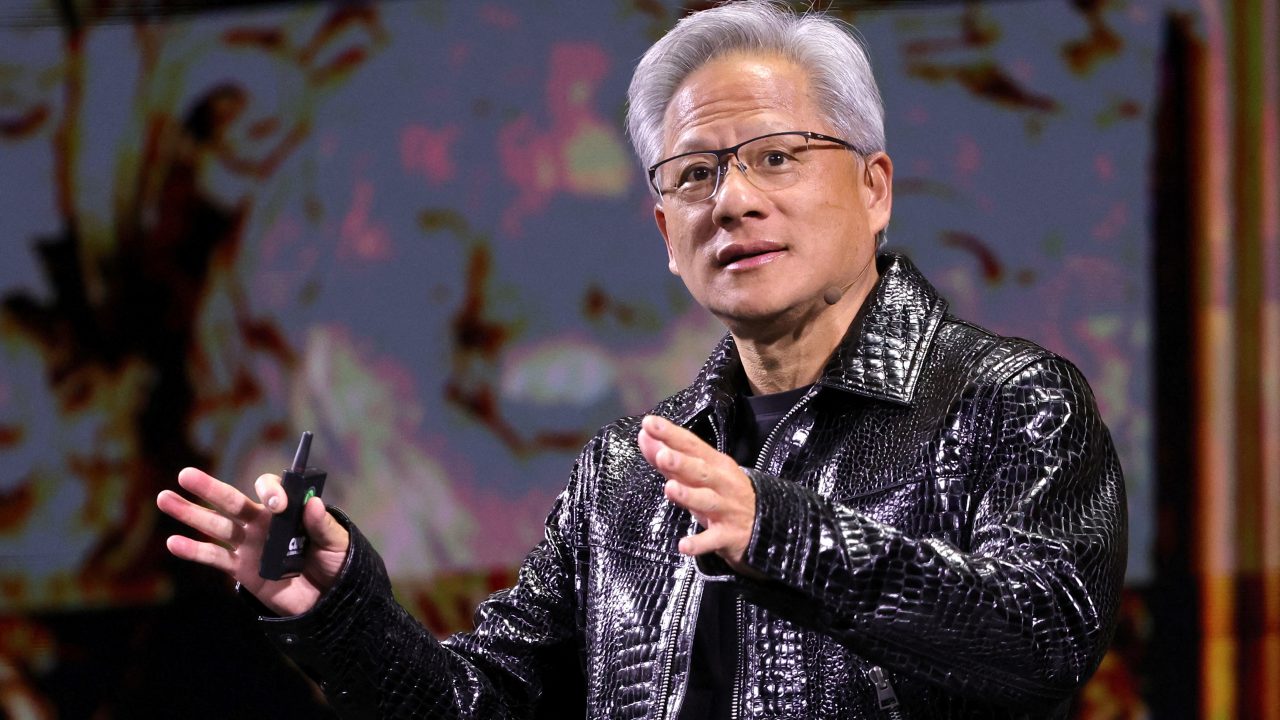
Nvidia CEO Jensen Huang Predicts Self-Driving Car Surge: ‘This Will Be the Decade of Autonomy’

 :
| Updated On: 13-Jun-2025 @ 4:07 pm
:
| Updated On: 13-Jun-2025 @ 4:07 pmSHARE
Nvidia CEO Jensen Huang, in a recent interview at the Viva Tech conference in Paris with CNBC’s Arjun Kharpal, predicted that the upcoming decade will be dominated by autonomous technologies. According to Huang, this will be the “decade of autonomous vehicles (AV), robotics, and autonomous machines.” His comments reflect the rapid evolution of self-driving technologies and AI-powered automation that is reshaping industries globally.
Nvidia, a leading U.S.-based semiconductor and AI technology company, plays a vital role in enabling the rise of autonomous vehicles. The company supplies both the hardware (such as high-performance GPUs and onboard computing systems) and software platforms required to support the development of self-driving systems. These contributions have made Nvidia a foundational player in the growth of AVs in various parts of the world.
In the United States, Google’s subsidiary Waymo is one of the prominent users of Nvidia’s technology. Waymo operates robotaxi services in several major cities, including San Francisco, Phoenix, and Los Angeles. These self-driving taxis rely heavily on AI and compute power to operate safely in real-world conditions. Similarly, in China, companies like Baidu and Pony.ai have developed their own robotaxi services, indicating growing global interest and investment in autonomous mobility solutions.
Beyond the rise of self-driving vehicles, Huang also discussed the transformative nature of AI during his appearance at London Tech Week. He emphasized how artificial intelligence has become a “great equalizer,” giving people from all backgrounds the ability to engage with and utilize advanced technology. In his words, AI enables “anyone to program using everyday language,” which marks a significant shift from the past where computing was limited to those trained in complex programming languages and systems.
Huang highlighted that historically, computing involved learning languages like C++ or Python, understanding system architecture, and navigating the design of complicated machines. But with the development of generative AI, these barriers are being lowered. “Now, all of a sudden... there’s a new programming language. This new programming language is called ‘human,’” he said. He pointed out that while most people may not know C++ or Python, everyone understands human language, making it the most intuitive and accessible way to interact with machines.
He further elaborated that programming AI today is like instructing a person. You don’t need to write lines of code; you simply describe what you want. For example, you can say: “You are an incredible poet. You are deeply steeped in Shakespeare, and I would like you to write a poem to describe today’s keynote.” The AI, using its training and algorithms, will generate a creative and contextually appropriate poem with minimal effort. This example showcases how generative AI models, like those developed and powered by Nvidia hardware, are revolutionizing human-computer interaction.
In essence, Huang’s vision reflects two major technological trends: the mainstream adoption of autonomous systems, especially AVs, and the democratization of programming through natural language AI. These developments promise to reshape industries, workforces, and everyday life throughout the next decade.
Contact Us
House. No. : 163, Second Floor Haridev Rd, near Puberun Path, Hatigaon,Guwahati, Assam 781038.
E-mail : assaminkcontact@gmail.com
Contact : +91 8811887662
Enquiry
×
Reporter Login
×